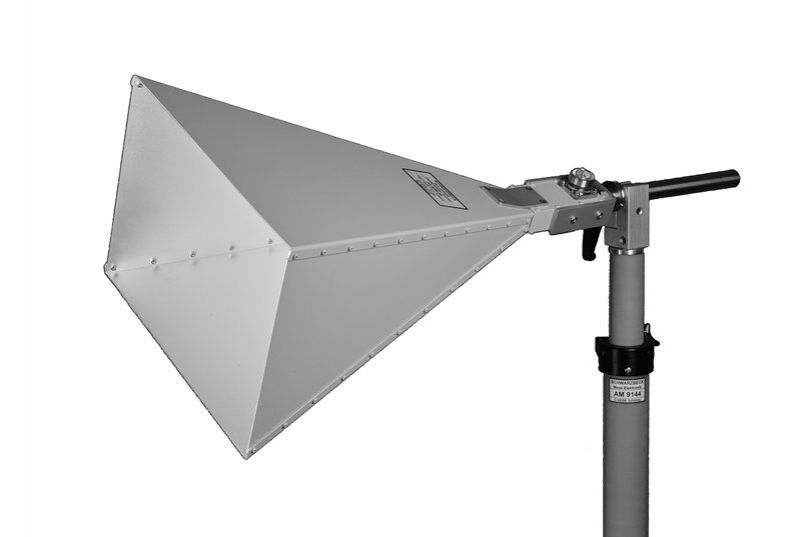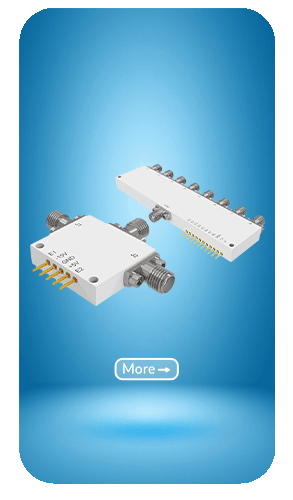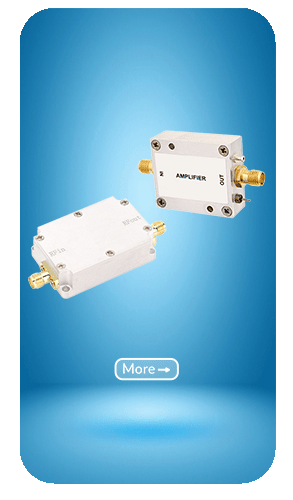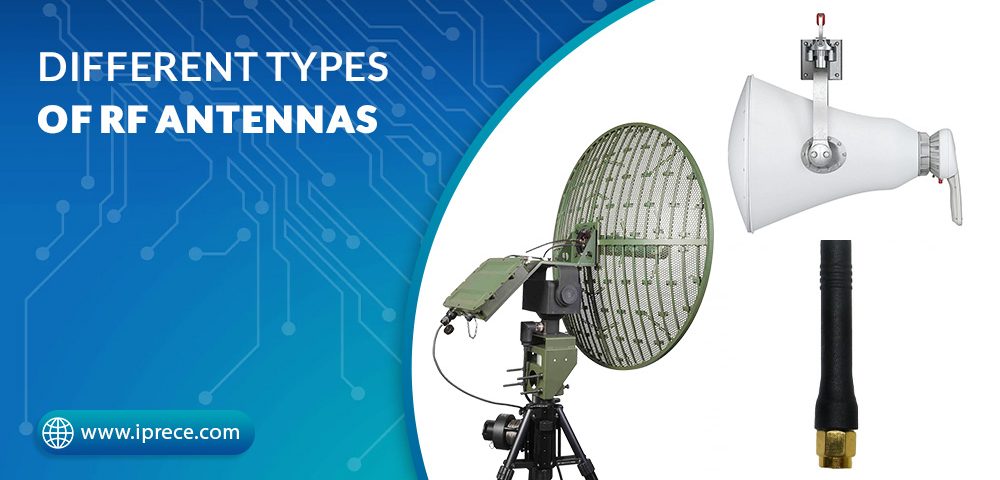
Which RF Connectors Is Using In Automotive Industry
April 6, 2023
Green RF connectors and their usecases
April 24, 2023RF antennas are essential components in wireless communication systems. They convert electrical signals into electromagnetic waves and vice versa, allowing for the transmission and reception of wireless signals. There are several different types of RF antennas, each with its unique features and capabilities. In this article, we will explore some of the most common types of RF antennas.
Dipole Antennas
Dipole antennas are one of the most basic types of RF antennas. They consist of a conductive wire or rod that is split into two identical parts. Dipole antennas are omnidirectional, meaning they radiate RF energy in all directions. They are commonly used in wireless communication systems such as Wi-Fi, Bluetooth, and cellular networks.

Yagi Antennas
Yagi antennas are directional antennas that are commonly used for long-range communication. They consist of a single driven element, one or more directors, and one or more reflectors. Yagi antennas are highly directional, meaning they radiate RF energy in a specific direction. They are commonly used in television and radio broadcasting, as well as in point-to-point communication systems.
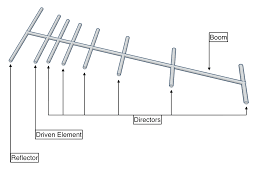
Patch Antennas
Patch antennas are flat antennas that are commonly used in wireless communication systems. They consist of a thin, flat conductive material, such as copper, etched onto a substrate material. Patch antennas are directional and have a narrow beamwidth, making them ideal for point-to-point communication and wireless networking applications.

Helical Antennas
Helical antennas are coil-shaped antennas that are commonly used in applications that require circular polarization. They consist of a helix of wire wound around a central axis. Helical antennas are used in satellite communication, remote control systems, and amateur radio applications.

Horn Antennas
Horn antennas are directional antennas that are commonly used in microwave communication systems. They consist of a flared metal waveguide that narrows down to a small aperture. Horn antennas are highly directional and have a wide bandwidth, making them ideal for radar and microwave communication systems.
In conclusion, there are several different types of RF antennas, each with its unique features and capabilities. Dipole antennas, Yagi antennas, patch antennas, helical antennas, and horn antennas are some of the most common types of RF antennas used in various wireless communication applications. The choice of antenna type depends on the specific application requirements, such as frequency range, radiation pattern, and gain.
